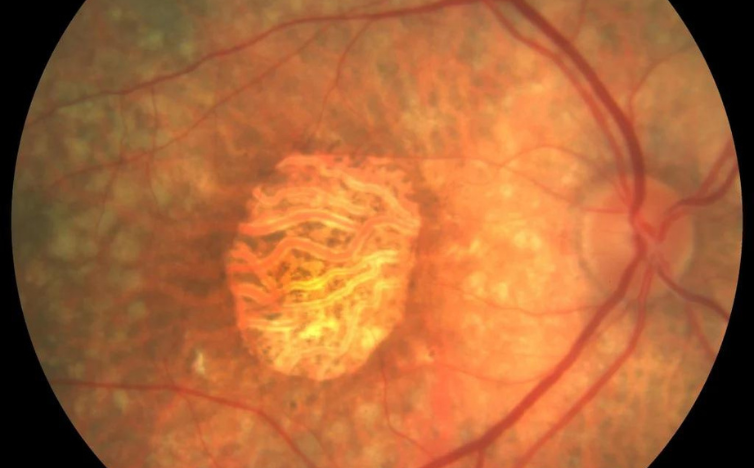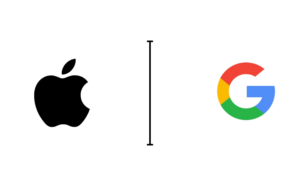Researchers have developed a new tool using artificial intelligence (AI) to detect a condition called geographic atrophy (GA) effectively. This tool can help in finding suitable participants for clinical trials. The findings were presented at a meeting of eye specialists.
The AI tool was tested on 33 patients, and it successfully identified around 10 patients who were not suitable for the trial. This performance was comparable to that of human graders involved in the research. Overall, the AI tool showed agreement with eye specialists in 73% of cases.
Dr. Amitha Domalpally, who led the research, explained that most disagreements between the AI tool and specialists were due to certain factors like foveal involvement or small lesions being missed.
The study emphasizes the importance of validating and implementing AI tools in real-world situations. Dr. Domalpally stressed the need for accurate measurement of GA, as there are currently no clinical tools available for this purpose.
In the study, patients with specific GA areas were considered eligible for clinical trials. After clinical examination, images of their eyes were analyzed using the AI tool. This helped in selecting suitable candidates for the trials.
The AI model was trained using images from previous studies and clinical trials. It was trained to identify GA accurately using annotated data. The model showed promising results in terms of accuracy and consistency across different datasets.
Dr. Domalpally stated that the AI tool not only enhances the accuracy of patient selection but also speeds up the enrollment process for clinical trials. This can potentially reduce the number of patients who are not eligible for the trials during the screening process.
Overall, the study demonstrates the effectiveness of AI in detecting eye diseases like GA. It also highlights the potential of AI tools to assist clinicians in making informed decisions about clinical trial eligibility based on accurate measurements.
Source: hcplive




